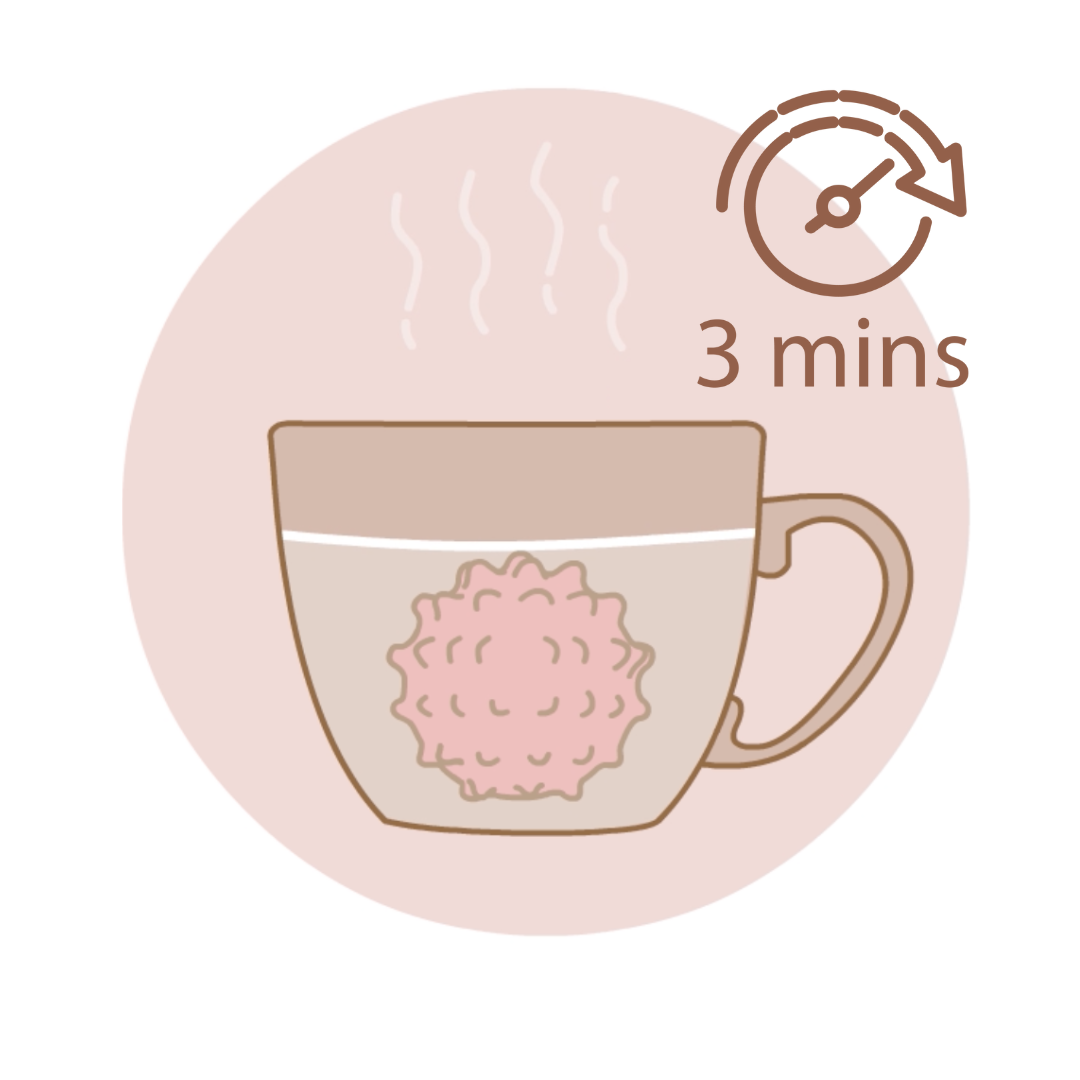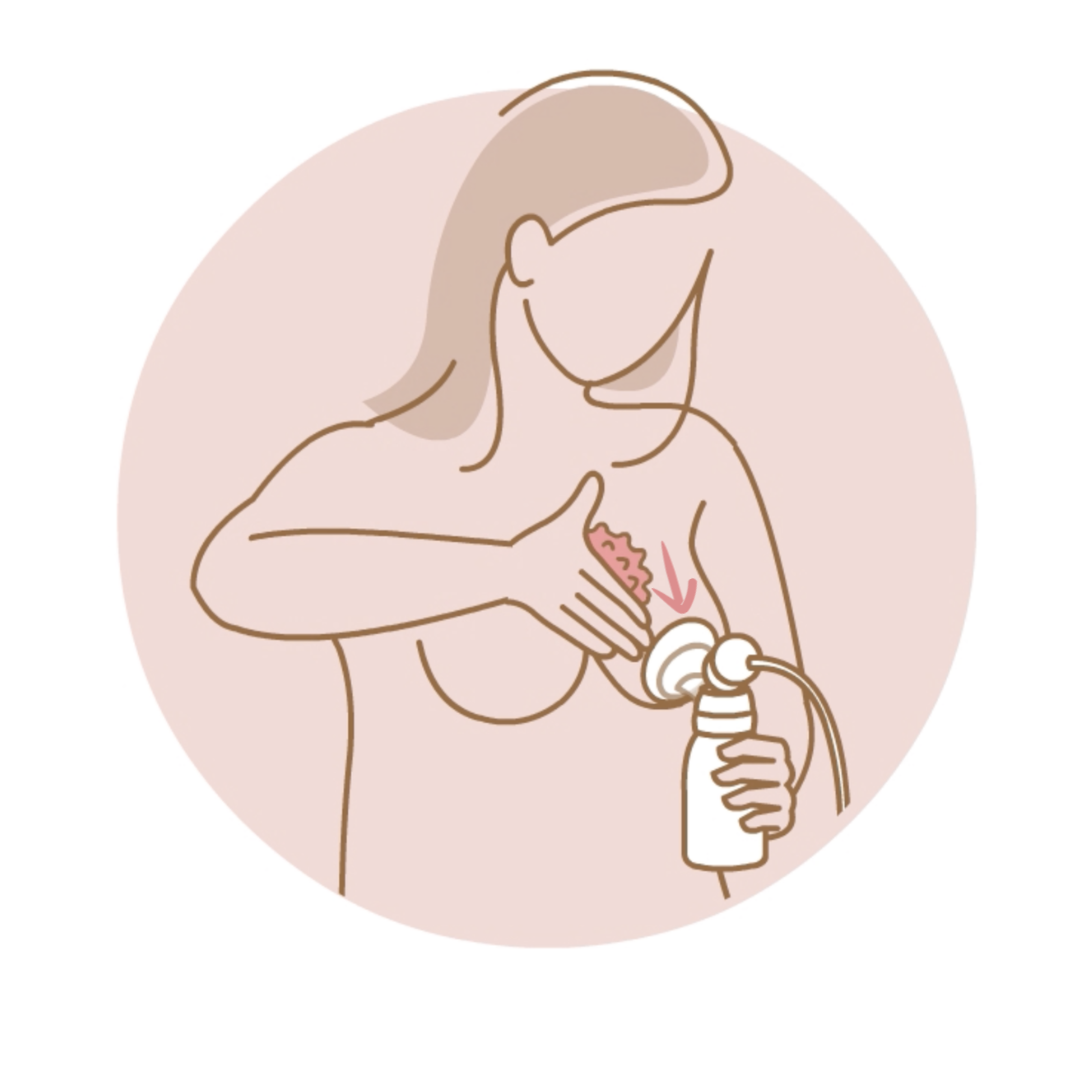Be sure to use only gentle pressure when massaging breast tissue to prevent further inflammation or trauma.
Low Milk Supply Instructions
Before breastfeeding or pumping:
Step 1: Heat Lactamo by submerging it in a cup of hot water for 3 minutes (Note: this can be as hot as desired depending on need, ranging from luke warm to boiling) OR placing it in a conventional steam steriliser for one cycle.
Roll it between your palms for 10 seconds to make sure it’s not too hot.
Note: Do not put Lactamo in a microwave.
Step 2: Roll Lactamo over your breast for a few minutes, always massaging towards the nipple.
This may help stimulate milk production, boost blood flow and encourage your let-down reflex.
Step 3: Repeat Step 2. Try alternating between rolling your heated Lactamo towards and over your nipple with gentle circular movements towards the nipple.
This may increase circulation and stimulate your nipple. Nipple stimulation has been shown to trigger the release of oxytocin - the hormone responsible for the let-down reflex.
During breastfeeding or pumping:
Step 4: Repeat Step 2 for as long as you can whilst feeding or pumping, always taking care to remain focused on the quality of your baby’s feeding and not disrupt their attachment to your nipple.
If you have ongoing issues with low milk supply, speak to your healthcare professional.













